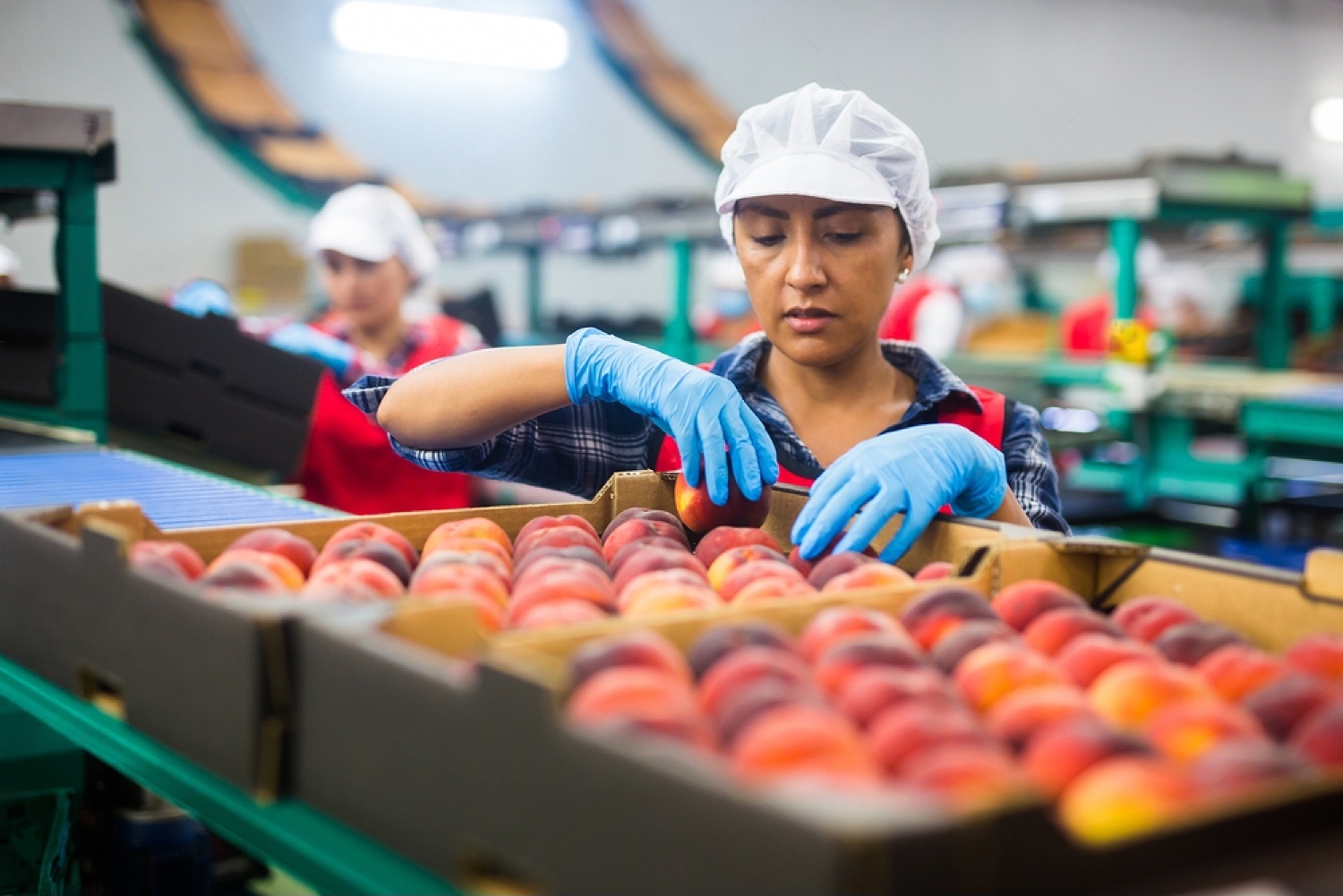In a world confronted by a rapidly growing population, climate change, and the ever-evolving needs of consumers, the food and agriculture industry is at the forefront of innovation. The phrase “Beyond the Fields” takes us on a journey of discovery, exploring the groundbreaking innovations that are reshaping this essential sector of the global economy. This article delves deep into the multifaceted realm of food and agriculture, revealing the transformative innovations that promise to sustainably feed our planet and nourish future generations.
I. The Technological Revolution
Agriculture has come a long way from its humble origins. With the advent of modern technology, traditional farming practices have given way to precision agriculture, leveraging data, sensors, and automation to optimize crop production. Let’s explore some of the game-changing innovations in this realm:
Precision Agriculture: The backbone of modern farming, precision agriculture employs GPS technology and data analytics to maximize crop yields while minimizing resource use. This innovation ensures that every acre of farmland is used efficiently, contributing to food security and environmental sustainability.
Drones in Farming: Unmanned aerial vehicles have transformed the way farmers monitor their crops. Drones equipped with cameras and sensors can identify crop diseases, assess soil quality, and even plant seeds with unmatched precision.
IoT in Agriculture: The Internet of Things (IoT) has revolutionized agriculture by connecting various devices and sensors on the farm. This interconnectedness enables real-time monitoring and decision-making, resulting in improved crop health and resource management.
II. Sustainable Farming Practices
As the world grapples with the impacts of climate change, sustainable farming practices are more critical than ever. Innovations in this category are not only environmentally friendly but also economically beneficial for farmers:
Vertical Farming: Vertical farming takes agriculture to new heights, quite literally. By growing crops in vertically stacked layers, this innovation saves space, reduces water usage, and minimizes transportation costs, making it a promising solution for urban food production.
Aquaponics: This innovative approach combines aquaculture and hydroponics, allowing the cultivation of both fish and plants in a symbiotic system. Aquaponics conserves water and nutrients while providing a sustainable source of both protein and vegetables.
Regenerative Agriculture: Focusing on soil health and ecosystem restoration, regenerative agriculture promotes practices like cover cropping and minimal tillage. These methods not only sequester carbon but also enhance the overall resilience of farms to climate-related challenges.
III. Food Tech and Alternative Proteins
The food industry is undergoing a revolution of its own, with advancements in food technology and the rise of alternative proteins reshaping our diets:
Cellular Agriculture: Cultivating meat, dairy, and other animal products from cell cultures is gaining traction as a sustainable and ethical alternative to traditional livestock farming. It promises to reduce the environmental footprint and address concerns about animal welfare.
Plant-Based Innovations: Beyond Meat, Impossible Foods, and numerous other companies are creating plant-based meat substitutes that mimic the taste and texture of animal-based products. These innovations cater to consumers looking for sustainable and ethical choices.
Smart Food Packaging: Innovations in food packaging aim to reduce waste and extend the shelf life of products. Edible packaging materials and biodegradable plastics are examples of advancements that address the environmental impact of packaging.
IV. Global Challenges and Collaborative Solutions
The challenges facing the food and agriculture industry are global in scope, and solutions often require collaborative efforts. Some key areas of international cooperation and innovation include:
Climate-Smart Agriculture: To mitigate the impacts of climate change on food production, countries are coming together to develop and share climate-smart agricultural practices that can adapt to changing weather patterns.
Food Security Initiatives: Organizations like the World Food Programme are harnessing technology to improve food distribution in underserved regions. Innovations such as blockchain are ensuring transparency and efficiency in supply chains.
Genetic Engineering: Genetic modification of crops is a contentious topic, but it has the potential to create drought-resistant and pest-resistant varieties that can thrive in challenging environments, contributing to global food security.
Takeaway
The innovations outlined in this article demonstrate that the food and agriculture industry is not only evolving but also adapting to meet the challenges of the 21st century. From precision agriculture and sustainable farming practices to food tech and global collaborations, these innovations are shaping a future where food is abundant, accessible, and environmentally responsible. As we look beyond the fields, we find a world of possibilities that hold the promise of nourishing generations to come, while safeguarding our planet for the future.




